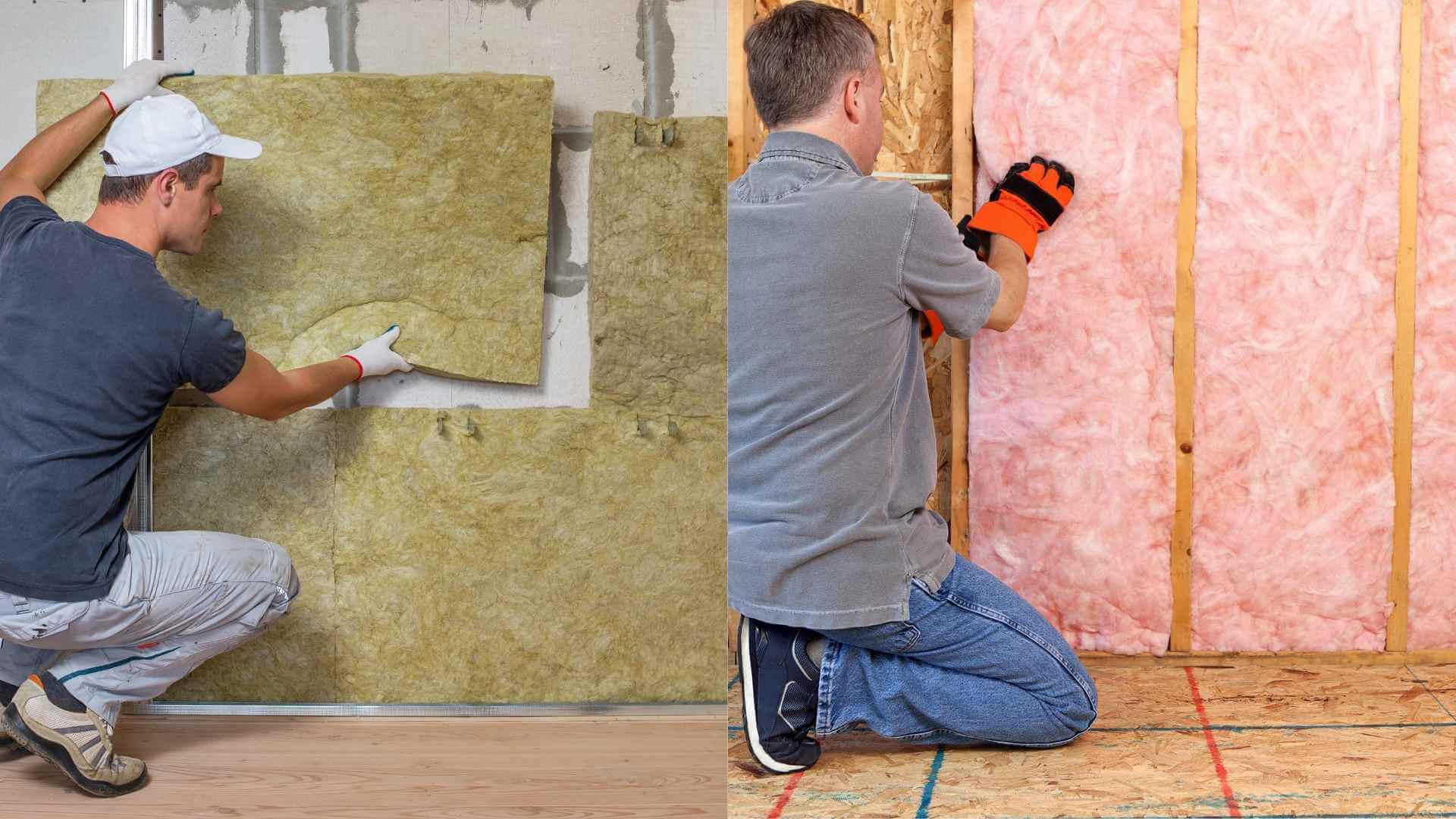
In New Zealand, asbestos was used in various insulation forms, particularly in buildings constructed before the 1990s. Key types include:
- Loose-fill insulation: Often found in older homes, this type was made from pure asbestos or mixed with other materials. The fibres could be easily disturbed, leading to airborne contamination.
- Spray-on insulation: Frequently used in commercial and industrial buildings, spray-on asbestos insulation was applied to walls, ceilings, and structural beams for fireproofing and thermal insulation.
- Asbestos lagging: Used to insulate pipes, boilers, and ducts. The lagging often involved wrapping asbestos-containing materials around pipes to prevent heat loss.
- Vermiculite insulation: This loose-fill insulation has a pebble-like appearance and was used in attics. Some vermiculite insulation imported into New Zealand was contaminated with asbestos.
Identifying Asbestos in Insulation
Recognising asbestos-containing insulation can be challenging, as it often resembles other materials. However, certain characteristics can raise suspicion:
- Age of the building: Homes built before the 1990s are more likely to contain asbestos insulation.
- Appearance: Asbestos insulation may appear as fluffy, grey or white loose-fill material, rigid boards, or wrapped around pipes
- Location: Common areas include attics, around hot water cylinders, and within wall cavities.
It’s important to note that visual identification is not definitive. The only way to confirm the presence of asbestos is through professional testing.
Health Risks Associated with Asbestos
Asbestos fibres, when disturbed, can become airborne and pose serious health risks. Inhalation of these microscopic fibres can lead to severe lung conditions, including asbestosis, lung cancer, and mesothelioma, a rare and aggressive form of cancer that affects the lining of the lungs, abdomen, or heart.
One of the major concerns with asbestos in insulation is its potential to release fibres over time, especially during renovation, repairs, or when the insulation becomes damaged. Homeowners might unknowingly disturb asbestos-containing insulation while attempting to upgrade their properties, putting themselves and their families at risk.
What to Do If You Suspect Asbestos
If you believe your insulation may contain asbestos:
- Do not disturb it: Avoid touching or moving the material, as this can release harmful fibres into the air.
- Seek professional testing: Engage a licensed asbestos testing company to take samples and confirm the presence of asbestos
- Follow expert advice: If asbestos is confirmed, professionals can guide you on the best course of action, which may include removal, encapsulation, or leaving it undisturbed if it’s in good condition.
Remember, in New Zealand, it’s a legal requirement that anyone who removes asbestos holds a relevant WorkSafe asbestos license.
Preventive Measures and Compliance
For homeowners and property managers:
- Regular inspections: Especially in older homes, periodic checks can help identify potential asbestos-containing materials.
- Professional assessments: Before undertaking renovations, have a thorough inspection to ensure no asbestos is present.
- Stay informed: Familiarise yourself with New Zealand’s regulations on asbestos to ensure compliance and safety.
Asbestos in insulation remains a hidden hazard in many New Zealand homes. By understanding where it might be found, recognising its forms, and knowing the steps to take if suspected, homeowners can protect their health and ensure their properties are safe. Always consult with professionals when dealing with potential asbestos-containing materials.
